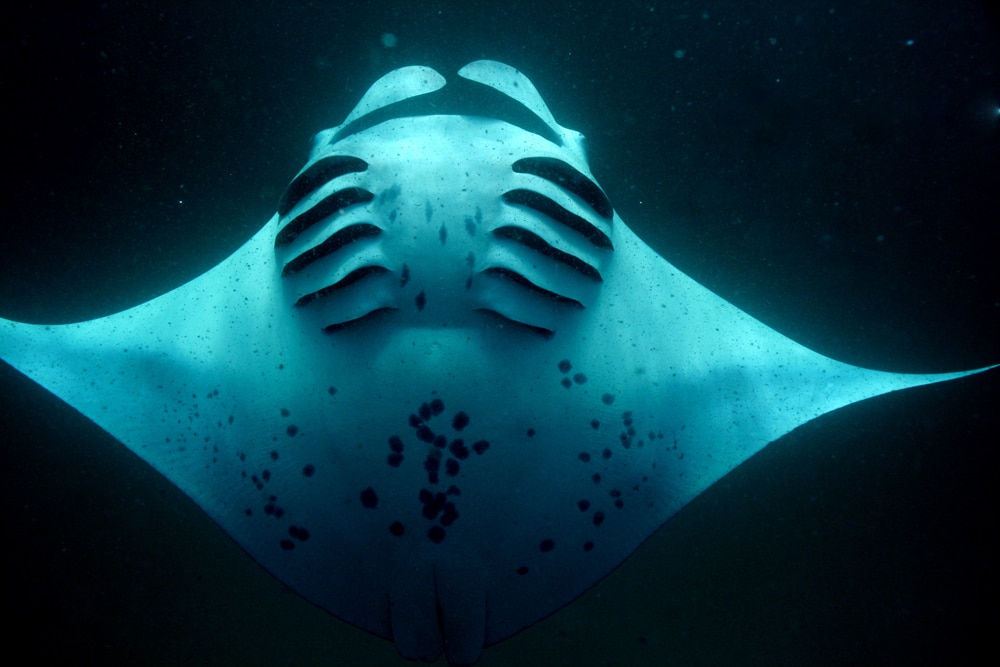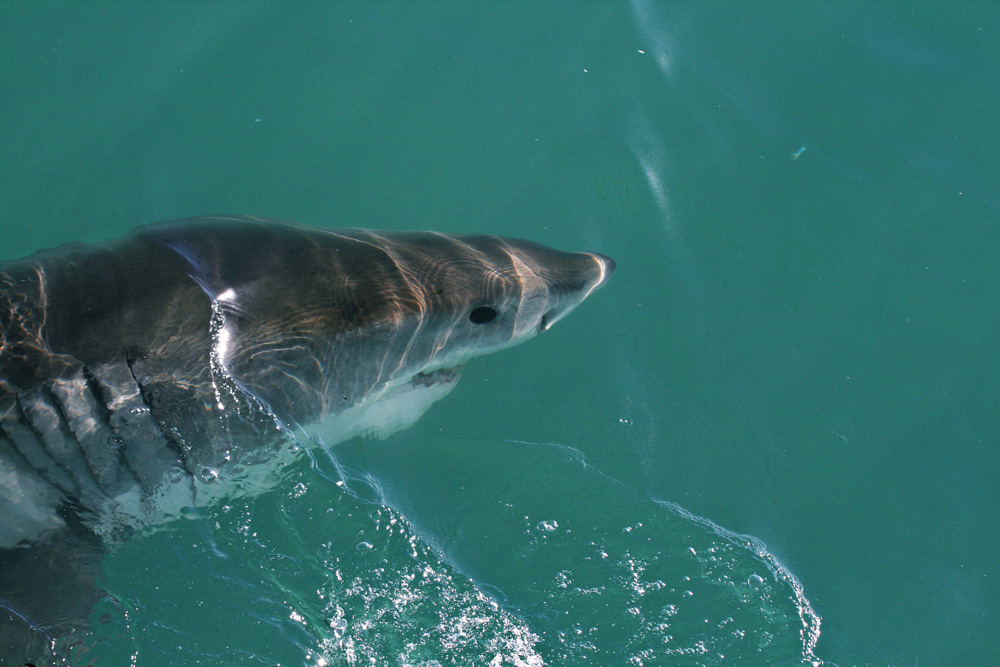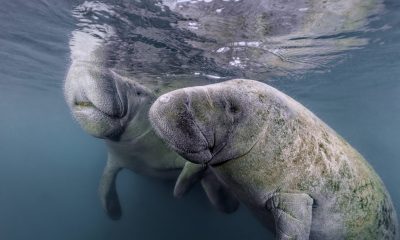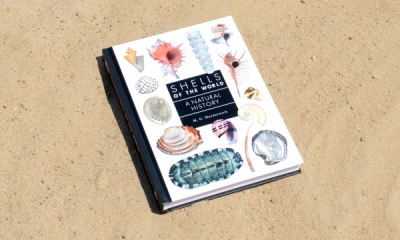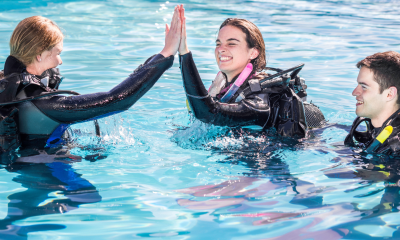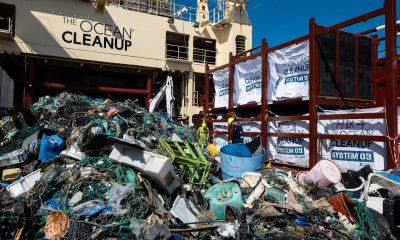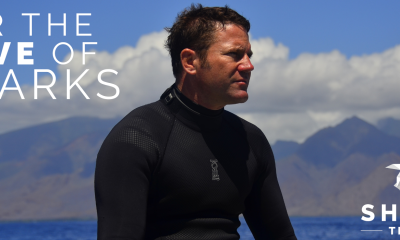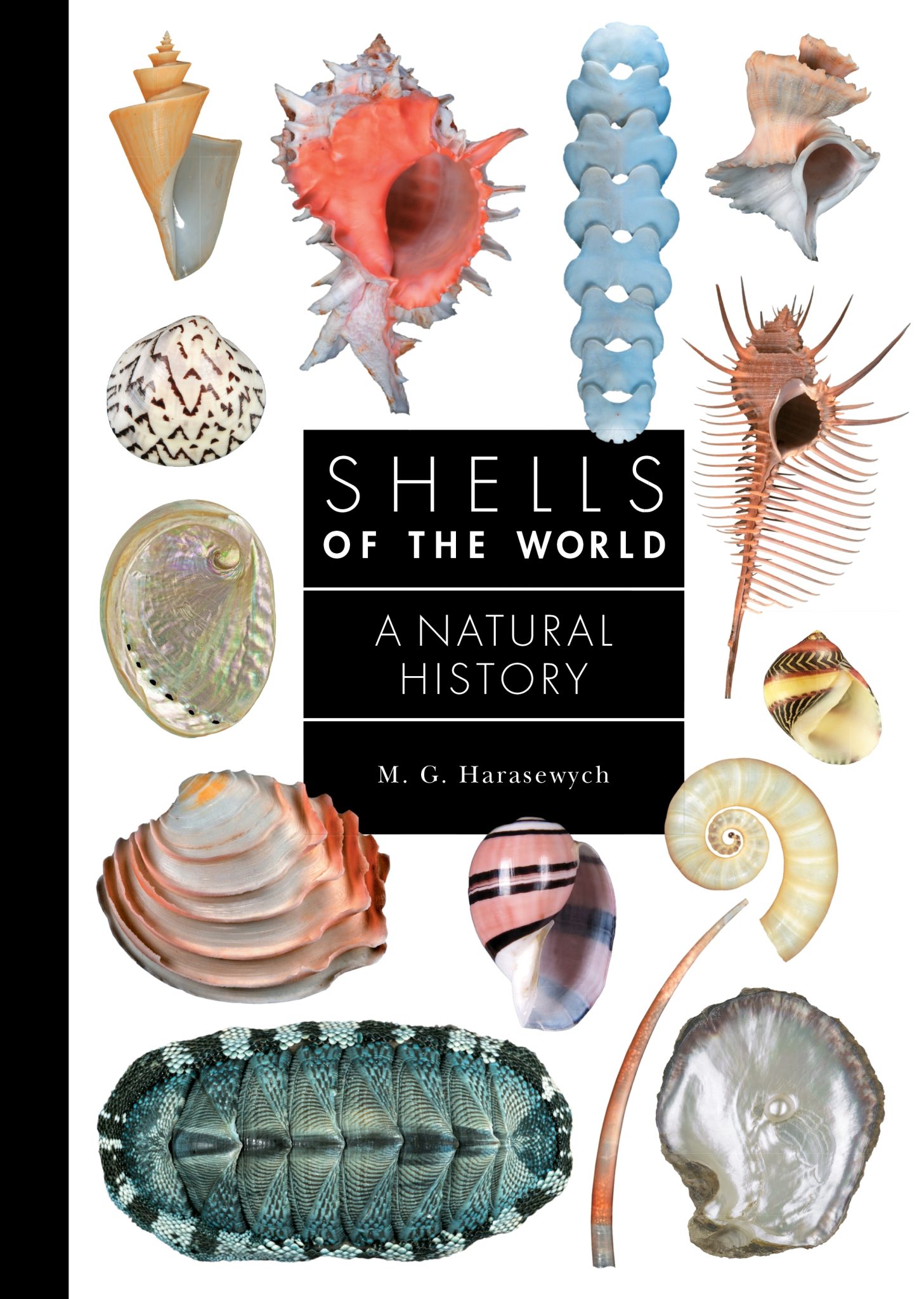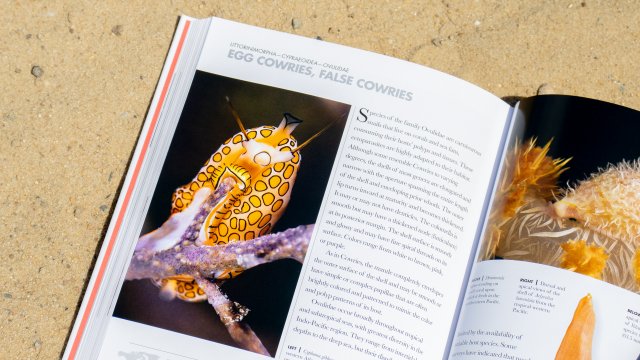Marine Life & Conservation Blogs
Sharks: The Oceans Greatest Mystery – Part 1
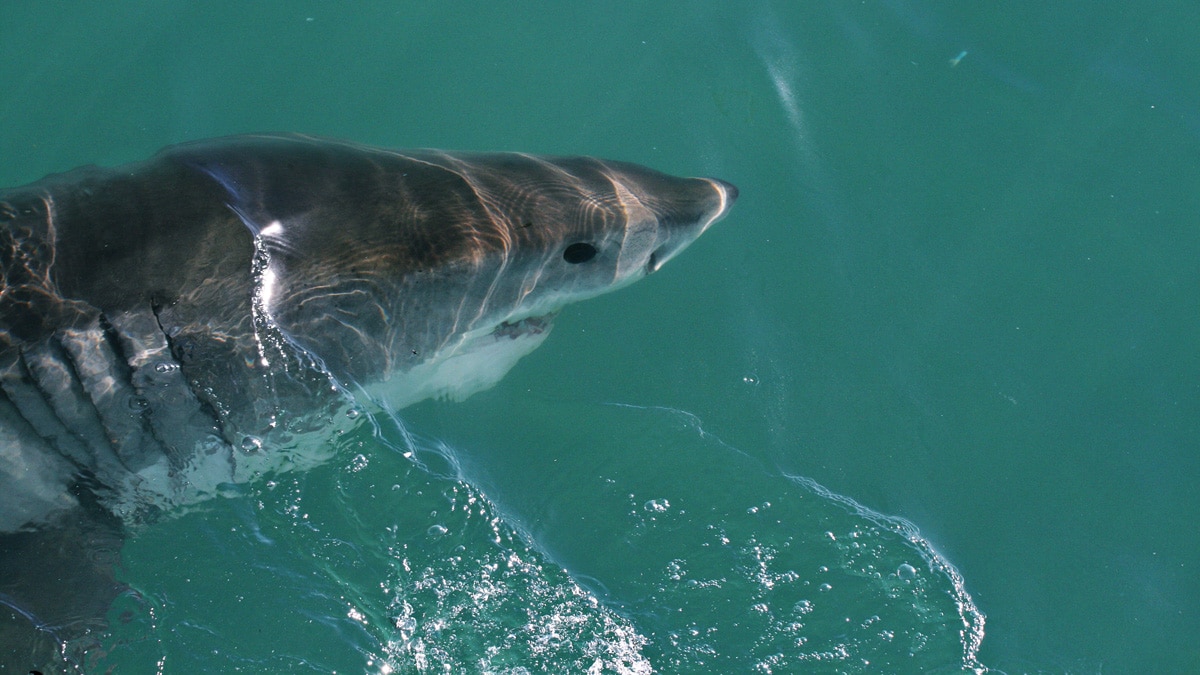
The word ‘Shark’ can instill a mixture of emotions in the human psyche, they are referenced in human cultures throughout the world, and stories of Sharks were commonplace on the decks of Ships for millennia. They have been represented in myth as both powerful guardians and vicious villains, in the 16th Century sailors and whalers of the time referred to sharks as “Sea Dogs” and are referenced in the Bible as being manifestations of the devil, even the word Shark is translated from the German word Schurke which means “scoundrel”. However, in French Polynesian and Hawaiian cultures they are revered as powerful gods and guardians who watch over fisherman and their families.
With such huge differences in how we view them, it is no wonder how inaccurately Sharks are portrayed in modern day media, therefore throughout this three-part blog series I am hoping to help you to better understand what a Shark truly is, and I will be covering subjects such as: What is a Shark? What we know and what we do not know about them, what is threatening them, and how we can be better ambassadors to Sharks worldwide.
What is a Shark?
In this first blog I want to give you a better idea as to what a Shark is and how they have become our oceans top predator. What a lot of people think of when they first imagine a shark is that they have sharp teeth and tend to always have ominous music following wherever they go, however there is much more to these animals than their teeth. Recent discoveries have shown that the Greenland Shark can live to be up to 500 years old, and the Bonnethead Shark is the first known Omnivorous Shark where up to 60% of its diet consists of Sea Grass. These are just two of many recent exciting discoveries, and scientists predict that we are about to enter the golden age of Shark discovery!
Sharks are a part of the fish family, although they are part of a distinct group that separated from Bony fish around 306 million years ago. Early relatives of Sharks have existed on our planet for as far back as 400 Million Years, they have been around longer than Humans, Dinosaurs and even trees. Throughout time sharks have taken many shapes, sizes and forms, but all have one thing in common, the makeup of their skeleton. The skeletons of Sharks and their relatives (Rays & Ratfish) all have a skeleton made of cartilage which is the same substance as your ears and nose, this allows them more flexibility in their movements and gives them an edge over their prey by allowing faster turns and giving them access to tight spaces and crevices.
Sharks, like other fish, also have Hyostylic jaws which means that the upper jaw isn’t connected to the skull, this allows more movement and flexibility in their strike when hunting. Sharks are also accompanied by two additional senses compared to humans, they have a lateral line which allows them to detect movements over 100 metres away and can detect frequencies as low as 25 Hertz, they also have their Electroreceptors which can pick up minute amounts of electricity given off by their prey’s muscles, such as the heart, and Sharks use this to help find prey buried in the sand, or to help pick off individual fish in the dark.
When it comes to sharks and what they eat, the best way to sum it up would be to imagine that for every animal in our Earth’s Oceans, there will be Shark that is designed and capable of eating it. This means that Sharks have become an incredibly diverse group, and as it stands there are over 500 species of Sharks, which range from the 14-Metre-long Whale Shark, all the way down to the Dwarf Lantern Shark, which is the smallest known shark species and it can fit into the palm of your hand. In between these we have large species such as White Sharks that breach from the water whilst trying to capture Seals, and smaller species such as the Dark Shy Shark that curls into a doughnut and covers its eyes with its tail when it is startled.
Another interesting point about Sharks is that they have come up with many different ways of tackling prey and have specially adapted teeth that match their diet, Sharks that have very needle like teeth such as the Sand Tiger Shark or Mako feed mainly on fish or other slippery prey, if the teeth are large and triangular like those of the White Shark or Tiger, then they prey on larger animals such as marine mammals, and if the teeth are flat like that of Nurse Sharks or Port Jacksons it generally means they feed on hard shelled and tough animals such as Shellfish and Snails. Teeth are not the only adaptation Sharks have evolved to use to their benefit, their differences in body shape or design can also indicate to us the hunting techniques they use, a good example of this would be the Hammerhead Sharks, which use their unique shaped heads to pin their prey against the seabed.
Sharks are often thought of as cold blooded, however this isn’t true for all species, some Sharks, such as White Sharks and Makos, are able to warm their bodies a few degrees warmer than the water, Scientists have predicted this is caused by the movement of the muscles generating heat. This heat has most notably been found around the eyes and brain; this may be an adaptation to help their eyes and brain react faster whilst tracking prey during high-speed chases.
Are Sharks Maneaters?
Sharks have been negatively portrayed in the media for as long as we’ve been swimming in our oceans and it is only recently that we’re starting to discover the positive impacts of Sharks and just how important they are to our Oceans and our Planet. Sharks have been represented as maneaters, but in fact sharks are only accountable for an exceedingly small number of incidents relating to a Shark bite, Sharks are in fact more likely to avoid human interaction and encounters with wild Sharks are a lot rarer than you would once think. To put things into perspective you’re more likely to be killed by a falling coconut or vending machine than you are to be bitten by a shark.
Even the age-old myth that Sharks are attracted to Human Blood has been proven to be false, after it was recorded that Human Blood and other bodily fluids have no effect on a shark’s behaviour or heart rhythm, this is due to our blood having a higher iron content than that of their regular prey. Even the way we look and move doesn’t resemble the prey of Shark. But the question people always ask is why do Sharks bite if they do not view us a food item? This is due to Sharks curious nature, Sharks have to be curious to discover what is and isn’t edible and, in our case, when Sharks bite it tends to be very quick lasting mere seconds before it lets go of us and swims away this is due to the animal realising that we aren’t a part of its regular diet and releases us.
If you want proof that Sharks aren’t what media would have you believe just look for any image with a Sharks and Diver, Snorkeler, or Swimmer if the media or movies have any ounce of truth then these people would’ve been killed a long time ago but these images solidify how wrong we’ve been looking at Sharks throughout the years.
So that’s it, an introduction to the Oceans Greatest Mystery, I hope that you have a greater understanding into what a Shark actually is and to how fascinating this amazing group of animals are but stay tuned for the next entry in this series where we dive deeper into the strange world of Sharks and discuss what we do and don’t know about them.
Follow Donovan on Instagram at www.instagram.com/donovans_reefs
Blogs
Heading out on the water this Summer? Watch for manatees
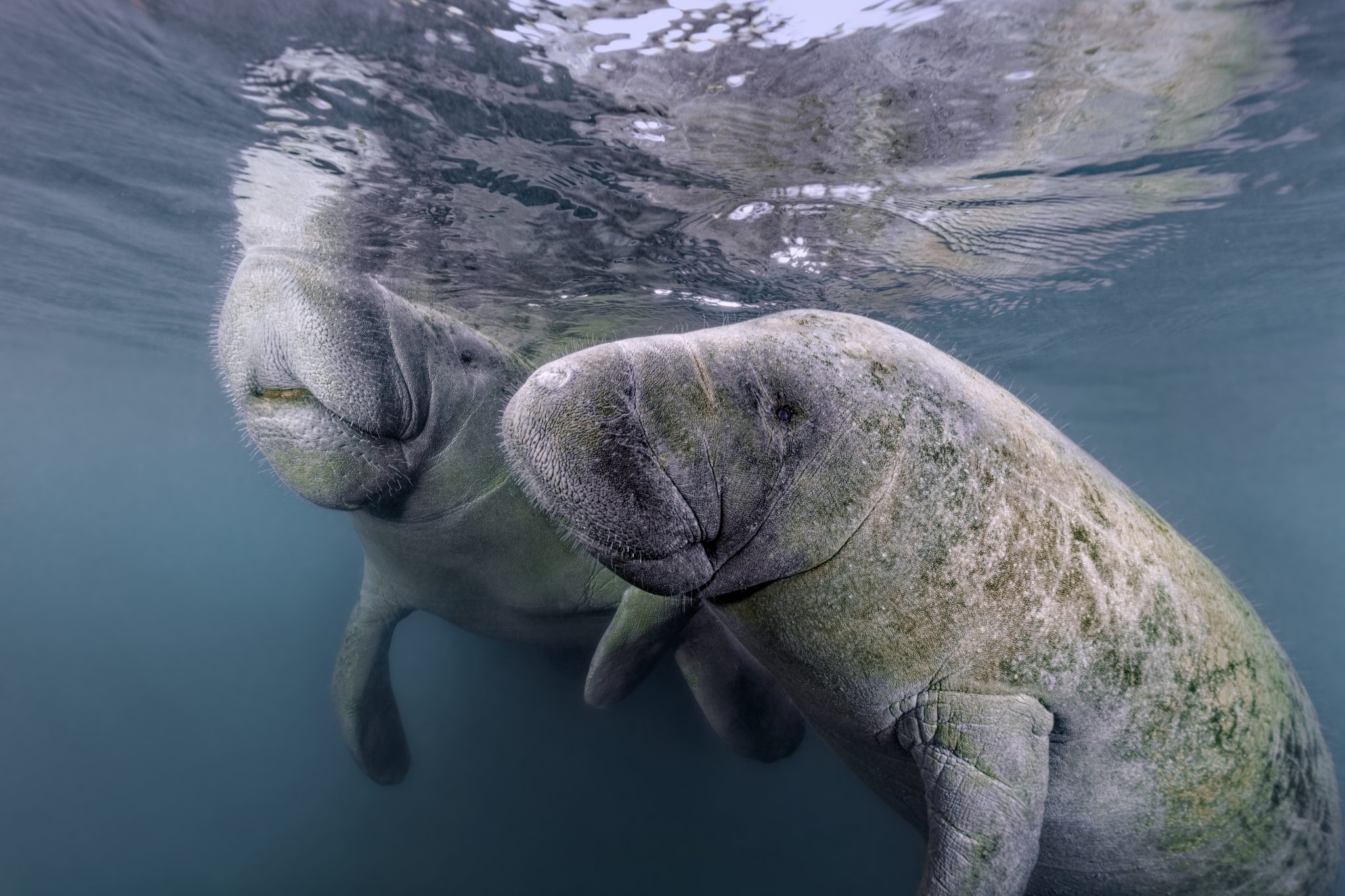
As National Safe Boating Week approaches, Save the Manatee® Club is urging boaters, and anyone that enjoys Florida’s waterways, to respect and protect the defenseless manatees that inhabit our shared waterways. From May 18 to 24, leading up to Memorial Day Weekend, the campaign aims to raise awareness about recreational boating safety and the importance of safeguarding imperiled manatees during the summer boating season. This week also emphasizes the importance of encouraging boaters to enroll in a boating safety course.
Manatees are semi-migratory marine mammals that are commonly found in shallow estuaries, bays, rivers, canals, and coastal areas throughout Florida and neighboring states. With some manatees venturing as far west as Texas and as far north as Massachusetts, collisions between these gentle giants and watercraft have become distressingly frequent. Boat propellers and high-speed collisions pose significant threats to manatees, often resulting in severe injuries or even death.
Save the Manatee Club is calling on all water enthusiasts to follow essential manatee safety tips to ensure the well-being of the imperiled manatee:
- Obey Speed Zone Signs: Familiarize yourself with and adhere to posted speed limits to prevent collisions with manatees.
- Reduce Glare with Polarized Sunglasses: Wear polarized sunglasses to enhance visibility and spot manatees below the water’s surface.
- Recognize Manatee Signs: Learn to identify signs of manatees in the area, such as swirls or flat spots on the water caused by their movements.
- Respect Manatee Sanctuaries: Keep a safe distance from posted manatee sanctuaries and avoid pursuing or harassing these marine mammals, as it is illegal and can disrupt their natural behaviors.
- Report Distressed Manatees: In Florida, promptly report distressed, injured, tagged, or orphaned manatees to the Florida Fish and Wildlife Conservation Commission (FWC) at 1-888-404-FWCC (3922). Outside of Florida, report sightings to the appropriate state agency or rescue organization. A list of agencies to contact is available at savethemanatee.org/report.
- Protect Seagrass Beds: Avoid boating over seagrass beds and shallow areas where manatees may be feeding. Stick to deep water channels while remaining vigilant, as manatees also utilize these channels during their travels.
- Dispose of Fishing Line Responsibly: Anglers should properly dispose of or recycle used fishing line to prevent entanglement hazards for manatees.
“Each year, National Safe Boating Week provides an excellent reminder for all of us to be aware that we share our waterways with vulnerable manatees,” emphasized Patrick Rose, Aquatic Biologist and Executive Director of Save the Manatee Club. “With the recent Unusual Mortality Event on Florida’s East Coast claiming an alarming number of manatees’ lives, it is more crucial than ever to prevent preventable deaths caused by watercraft collisions. By following manatee-safe boating guidelines, such as obeying speed zones and remaining vigilant for manatees, everyone on the water can contribute to the protection of these gentle giants.”
Save the Manatee Club offers a range of free materials to help safeguard manatees and raise awareness about manatee-safe boating practices. Shoreline property owners and park or marina managers can order aluminum dock signs to alert others about the presence of manatees in their areas. Boaters and paddlers can request packets containing a safety tips card, a waterproof boat banner, and a decal to display on their vessels, providing the number to report manatees in distress. To view and request these materials, visit savethemanatee.org/resources. Save the Manatee Club will also be hosting a live webinar for National Safe Boating Week on Tuesday, May 21st at 6pm EST. To register, visit savethemanatee.org/register.
Marine Life & Conservation Blogs
Book Review: Shells of the World
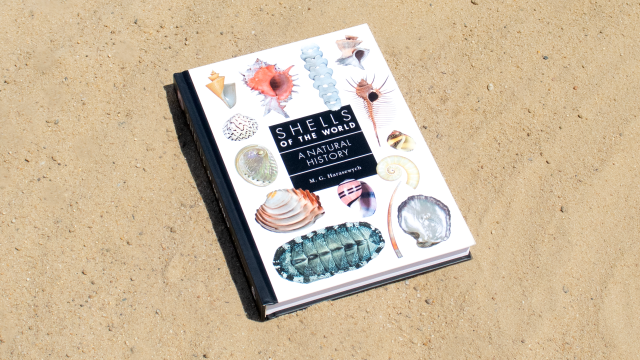
Shells of the World: A Natural History by M.G. Harasewych
Shells of the world is a guide to the world of marine, shelled molluscs. And what a varied and interesting world it is. Some of my favourite things to find on a dive are detailed in this book, including disco clams (or Electric File Clams as they are correctly names), the cephalopods, giant clams and sea hares. There are also many on my wish list, top of which is the Nautilus.
Each chapter provides a detailed description of the species, along with beautiful images. You can dive deeper and discover where they live, both with global distribution and the habitat they prefer. Learn about their diet, reproduction and diversity.
Having dipped in and out of this lovely book over the past few weeks, it has inspired me to learn more about this group of animals that we see on most divers, wherever we are in the world. Some of the shells are incredibly intricate and beautiful. I have always agreed with never collecting, or touching, marine life. The description of a certain set of cone shells should be a warning to those that are happy to pick up marine life! One of the cone shells has a local name called the cigarette snail. Why? Because once the venom is in your system from this animal, you only have time to smoke one cigarette before the affects of the venom are fatal!
What the publisher says:
Mollusks are invertebrate animals with a remarkable natural history and a rich fossil record, and their shells are prized for their breathtaking variety and exquisite beauty. Shells of the World provides a wide-ranging look at the incredible diversity of marine mollusks. An informative introduction outlines the lineages covered, followed by a directory section, split into classes, that profiles a broad selection of different taxa to give a sense of their sheer numbers and variety.
- Features hundreds of beautiful color photos, depicting both the live animals and their shells
- Discusses mollusk evolution, anatomy, life cycles, behavior, and ecology
- Describes unique characteristics, distribution, habitat, and size
- Provides valuable insights into the conservation of the world’s marine mollusks
- Ideal for malacologists and shell collectors everywhere
About the Author:
M. G. Harasewych is research zoologist emeritus and former curator in the Department of Invertebrate Zoology at the Smithsonian Institution’s National Museum of Natural History. A fellow of the American Association for the Advancement of Science, he is the author (with Fabio Moretzsohn) of The Book of Shells: A Life-Size Guide to Identifying and Classifying Six Hundred Seashells.
Book Details
Publisher: Princeton University Press
Hardcover
Price: £25
ISBN: 9780691248271
Published: 9th April, 2024
-
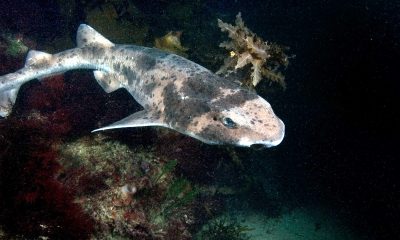
 Marine Life & Conservation Blogs3 months ago
Marine Life & Conservation Blogs3 months agoCreature Feature: Swell Sharks
-
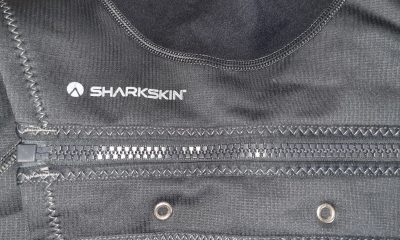
 Gear Reviews4 weeks ago
Gear Reviews4 weeks agoGEAR REVIEW – Revolutionising Diving Comfort: The Sharkskin T2 Chillproof Suit
-
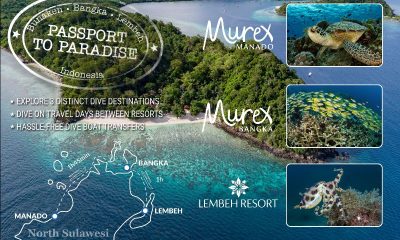
 Blogs2 months ago
Blogs2 months agoMurex Resorts: Passport to Paradise!
-
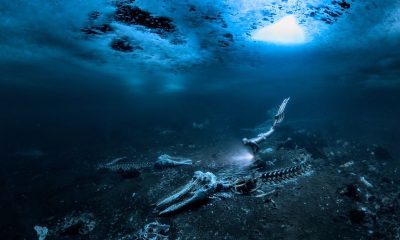
 Blogs3 months ago
Blogs3 months agoDiver Discovering Whale Skeletons Beneath Ice Judged World’s Best Underwater Photograph
-
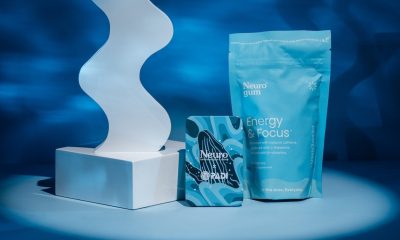
 News3 months ago
News3 months agoPADI Teams Up with Wellness Brand Neuro to Drive Ocean Change and Create a Blue State of Mind
-

 Gear Reviews3 months ago
Gear Reviews3 months agoGear Review: Oceanic+ Dive Housing for iPhone
-
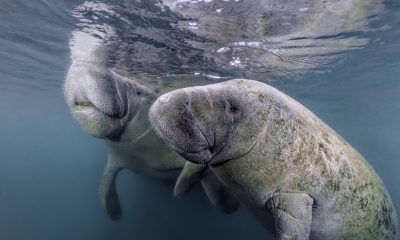
 Marine Life & Conservation2 months ago
Marine Life & Conservation2 months agoSave the Manatee Club launches brand new webcams at Silver Springs State Park, Florida
-
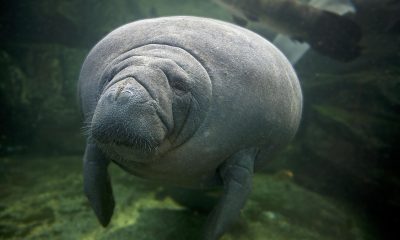
 Blogs2 months ago
Blogs2 months agoSeagrass Awareness Month brings critical food source for Manatees to centre stage



